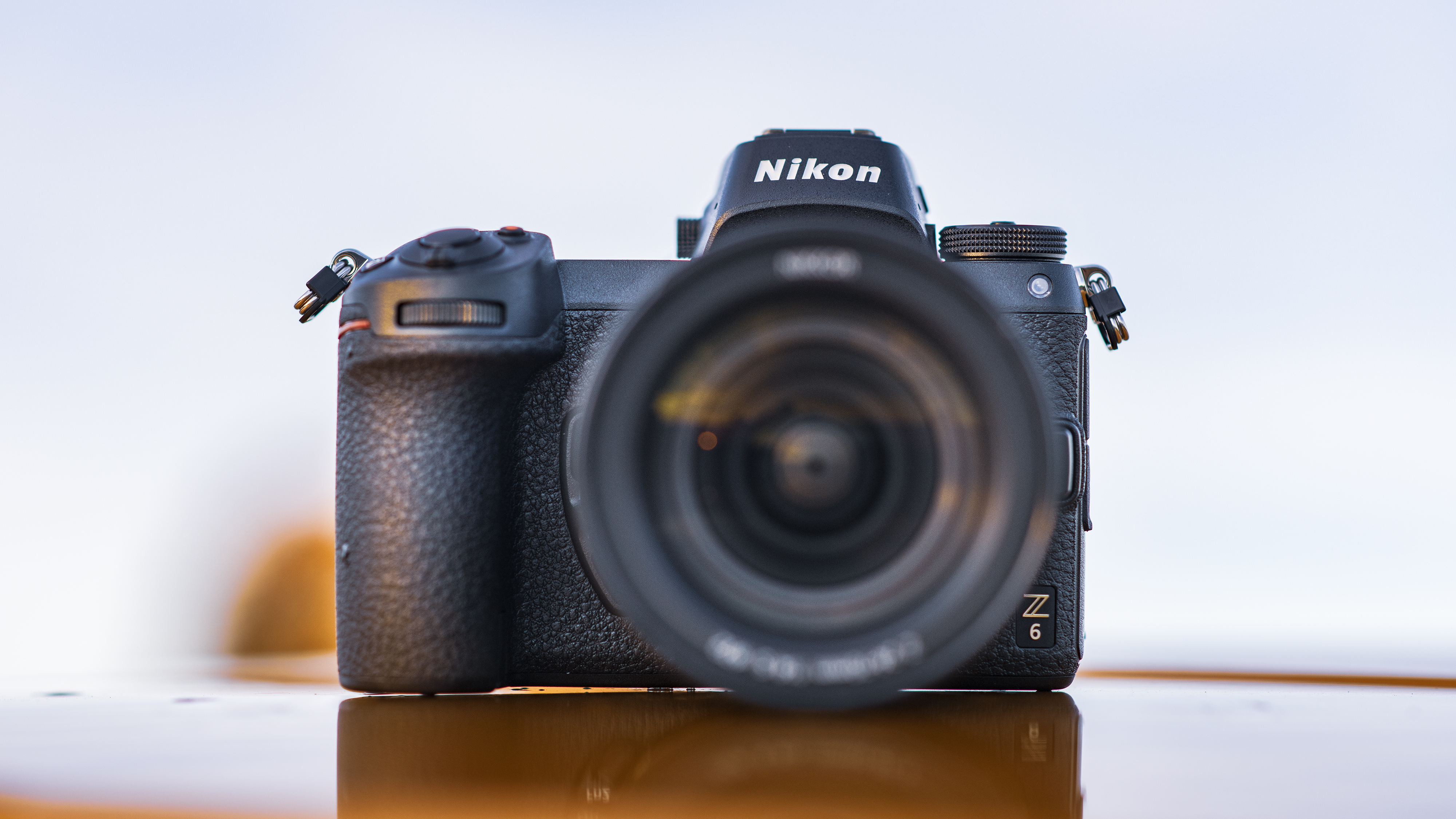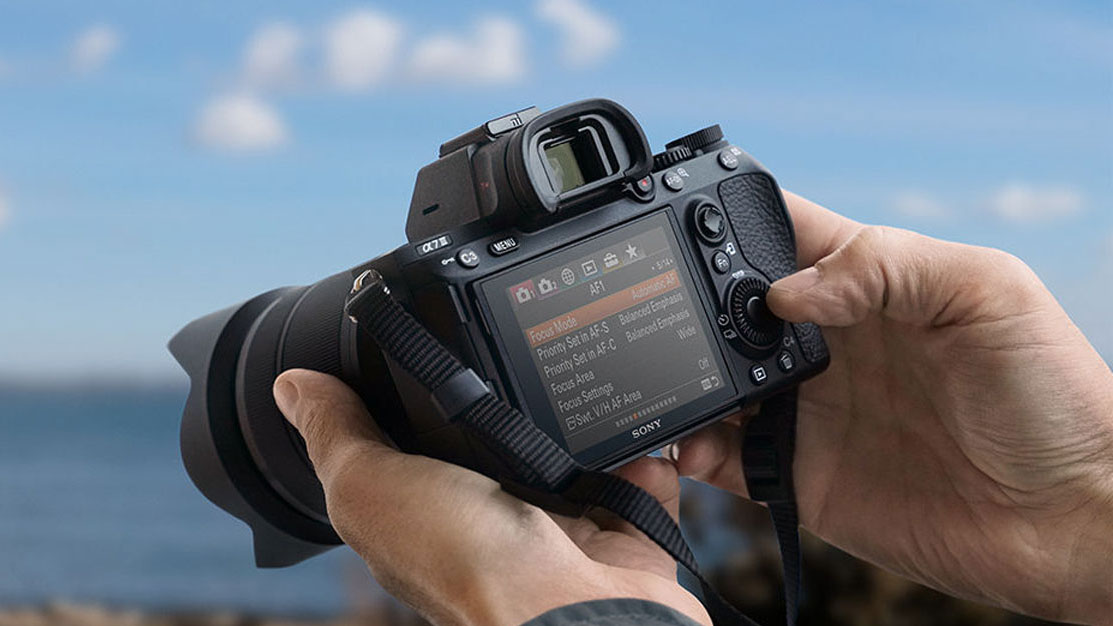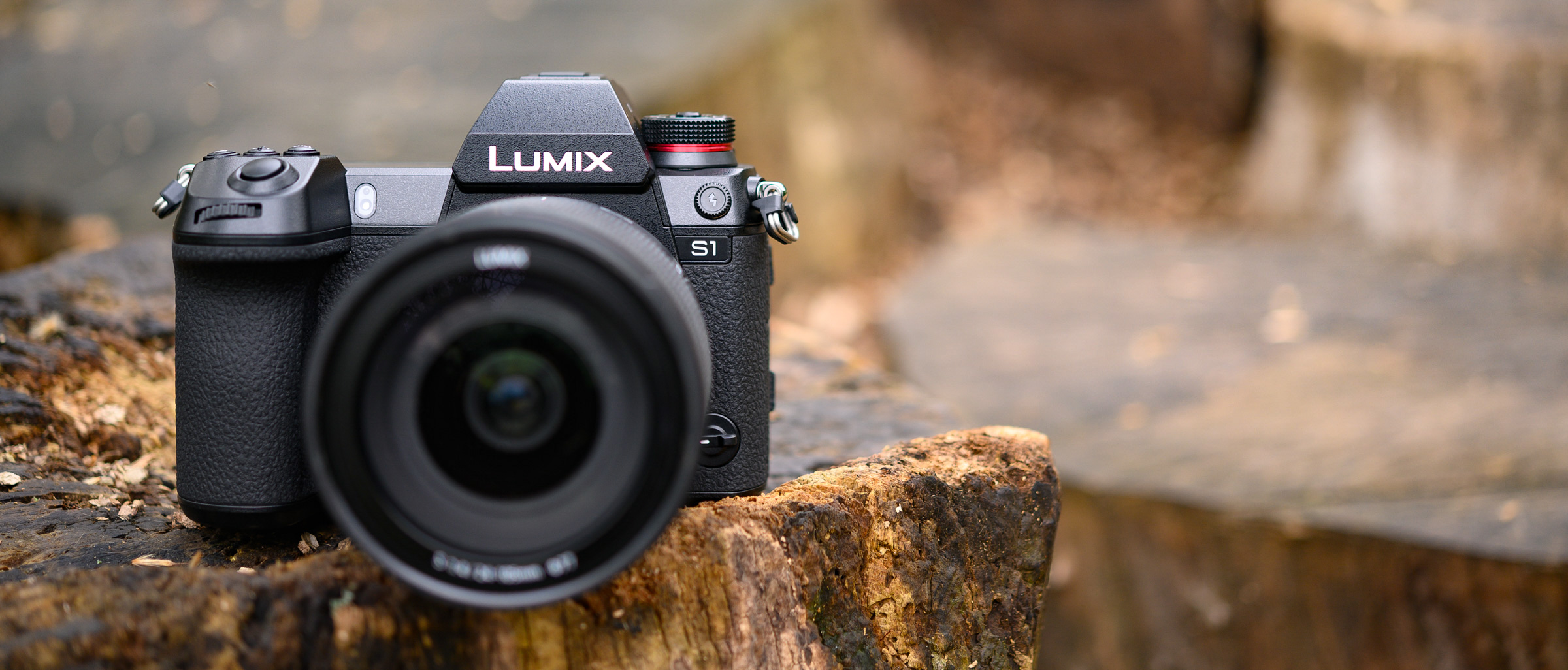Why you can trust TechRadar
Verdict
First-generation models like the Panasonic S1 are always exciting to put to the test. Often they introduce something new that makes other manufacturers take notice, although occasionally they show enough promise to steer the whole market in a particular direction. So where does the S1 end up? Probably somewhere between the two.
In many respects, this is a more assured and competent debut model than we may have expected. It already, for example, grabs the honor of having the most lifelike electronic viewfinder image of any camera on the market, an accolade shared with its S1R sibling that's designed with the same unit. No doubt other manufacturers will catch up, but Panasonic has every right to feel smug for the time being.
Build quality is superb and buffer depth is surprisingly generous, while the image stabilization system is also very capable. There's also plenty to love about both the camera's still image and video quality, and the sensor is clearly very sound. While technically a first-generation model, the camera stands on the shoulders of the company's G-series models here, so what we end up with isn't too great a surprise, but it's nice to see something so established and familiar blended with the benefits of a full-frame sensor.
On the less positive side of things, the S1's autofocus system is a little behind the competition, and shows its shortcomings during video recording and in low light. The camera is also somewhat uncomfortable to operate at times, not to mention big and heavy, while the comprehensive menu system feels a little too loaded with features, making it harder to navigate than needs be (although the Disp. button is invaluable here for more obscure options). The value of some of what's here is also questionable; does anyone, for example, really need separate controls for brightness, contrast, saturation, red tint and blue tint of the LCD screen? Or two different levels of backlighting for the top-plate LCD? Or are these just being included because they can be?
Still, if the S1 proves anything it's that Panasonic is clearly serious about tackling its full-frame rivals, some of whom are at a similar point with their own systems. Releasing such a strong model from the start makes it all the more interesting to see where Panasonic takes things from here.
Competition

Nikon Z6
With a 24.3MP full-frame sensor, sensor-based image stabilization, advanced 4K video recording and a price tag that's in the same region as the S1's, the Z6 is perhaps its closest competitor right now. The Z6 has the advantage of being considerably more compact and lighter, although the S1 has two cards slots and a much more detailed 5.76 million-dot EVF.
Read our in-depth Nikon Z6 review

Canon EOS R
Canon's first full-frame mirrorless camera is just a little pricier than the S1 right now, but the two don't differ greatly from each other on the spec sheet. The S1 has stronger video specs, sensor-based image stabilization, two cards slots and a more detailed viewfinder, although some may be drawn to the EOS R for its 30.3MP sensor and its smaller and lighter body, and the fact that you can use it with decade's worth of EF glass.
Read our in-depth Canon EOS R review

Sony A7 III
Sony's A7 III has been on the market for almost a year now, and can be snapped up for around £300 / $400 less than the S1. It also enjoys a more compact and lighter body, better battery life, a wider assortment of compatible lenses and a hybrid AF system that's not only more densely populated but stretches further towards the peripheries of the frame. All is not lost for the S1, though, as it has the advantage of slightly stronger video specs and a more detailed electronic viewfinder.
Read our in-depth Sony A7 III review
